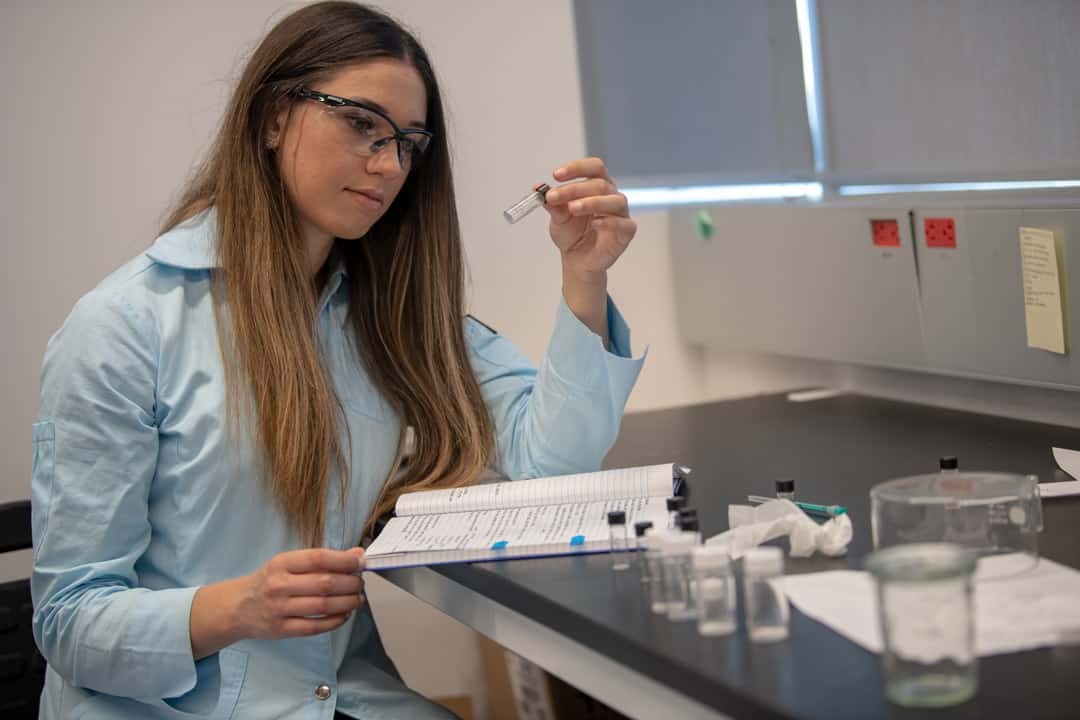Natashya Falcone, a PhD candidate working in the Kraatz Research Group at UTSC, is developing substitutes for chemical products that bear financial and environmental costs to produce.
Recently, Falcone developed a hydrogel, a sustainable and economical water-based gel that could repair damaged tissues. The hydrogel is made from amino acids — the building blocks of proteins — and could repair tissues by rebuilding damaged cells.
“We first start off by chemically synthesizing different peptide conjugates by essentially coupling different amino acids together,” explained Falcone in an email to The Varsity. “We then test the peptide [compound’s] ability to form gels by adding them to various solvents in various conditions to see if they self-assemble into a gel material.”
Though still in testing phases, Falcone hopes the hydrogel will be adapted for use in clinical settings while reducing environmental waste. Falcone will be testing the hydrogel to determine whether it can support cell growth at all. If successful, tests on wounded tissues can begin in vivo.
“We are looking at [using] it for wound healing cell support, for neuronal cell support for different nervous system damage, as well as see how bacteria can interact with these materials,” noted Falcone. “I believe this research can go in many different directions.”
Further development of the substance would also allow for biocompatible and biodegradable tools for tissue engineering and green chemical production. The gels could also be used in academic settings.
In addition, Falcone has developed a cheaper mimic of the NAD coenzyme — a key component in electron transfer reactions — that is already being used in industrial applications.
“This coenzyme is required by a lot of redox enzymes that help drive our metabolism system, as well as enzymes for selective chemical production,” wrote Falcone. “The issue with the natural coenzyme is that it is very expensive and also unstable at the amounts that industries would need if they wanted to use enzymes for large scale chemical production. Synthesizing mimics that are able to replace the natural one would allow a much cheaper, greener and selective chemical production.”
Falcone hopes her research has an impact beyond the laboratory.
“I like the idea of doing the chemistry work and making different materials but then applying them to some biological application to make what I am synthesizing useful and applicable to real life health or environmental problems,” wrote Falcone.
She also reminded budding chemists that responsible stewardship of the Earth should be a priority.
“We are all living on this planet and [it’s] important to take care of it. With everything going on with the pollution, and global warming, and plastics in our ocean,” wrote Falcone. “[It’s] important that we don’t add to destroying our planet with toxic materials.”


